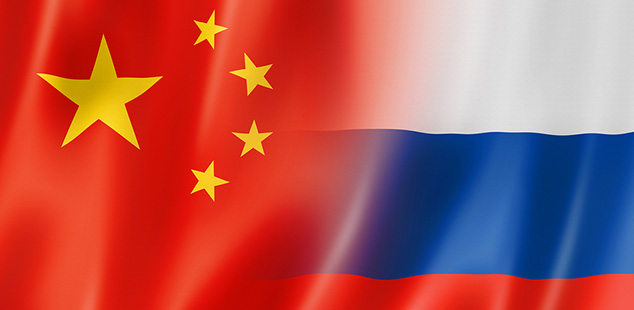
Buying an asset that drops in value can make one look inexperienced. On the other hand, buying an asset with long-term value during market dips is a proven method of investment genius.
Russia Continues Buying Gold
Many analysts are convinced that Russians and their government will prove to be the latter in light of their recent gold buying, considering long-term predictions of the value of gold. While Russia’s central bank already has the fifth-largest reserve of gold (behind the U.S., Germany, Italy and France), the country has been an aggressive buyer during the recent market cycle.
Of special interest is the fact that these purchases are largely being made from domestic producers (Russia is the world’s third-largest producer), and they are being paid for with the ruble (that is currently devalued). This activity is being closely monitored by gold buyers, and is influenced by more than the Russians’ love of gold.
Currently, the total value of Russian reserves has dropped to $44.9 billion with its 41 million ounces, a sharp reduction from the $52.3 billion value when it possessed just 27.2 million ounces. The purchases, however, continue for both practical and political reasons. The Russian government began dumping U.S. Treasury holdings to the tune of $40 billion in fear of sanctions from its actions in Crimea. The Central Bank of Russia saw gold as a reasonably safe alternative while it waited out the political turmoil.
Also, the Central Bank of Russia is the largest customer for its domestic producers. In 2014 it purchased 59 percent of all output, providing a floor for those domestic mines. While the drop in price is causing some concerns over the ultimate impact on the ruble as the Central Bank prints more money to cover its purchases, more gold buys are expected. The simple fact is that buying gold is the safest way to shore up the reserves the government needs, and some reports have them adding as much as $200 billion (to $500 billion) in the next cycle of buying.
Partnering with China
World economic turmoil and the stagnant Russian economy are two important factors behind the recent move for the country to join with China in creating their own gold market. Some experts see the Western central banks working together to prop up gold prices to address problems with their own currencies, and to support the U.S. dollar that makes up so much of their reserves. Meanwhile, it is in the interests of China and Russia to support their own currencies and encourage movement away from the dollar.
According to historian F. William Engdahl, “China’s new ‘Silk Road’ economic development plan and the $16 billion gold investment fund launched in May, are all part of the plan to increase China’s gold holdings at the expense of the U.S. dollar.” He goes on to point out how this benefits Russia and potentially South Africa and other BRICS-member countries.
China, which only recently verified its official gold reserves, is itself continuing to buy gold bullion. Officials have just reported the central bank has increased total holdings over the last six years to 1,677 tons, up by more than 50 percent during the period. There were purchases of 19 tons in July alone.
A fact not missed by analysts is how this buying will have a major impact on the value of the central bank reserves of both China and Russia when the market prices swing back in the anticipated rise in the coming months.

